Every corner of the globe whispers tales of bygone eras, with certain sites standing as unparalleled wonders. These awe-inspiring creations boast remarkable beauty, architectural brilliance, and a rich tapestry of history. Even with repeated exposure, their allure remains undiminished, captivating us with their historical significance and enchanting designs. Each wonder possesses a distinctive charm, a unique story, and a special place on the global map.
Let's embark on a journey to explore these remarkable landmarks:
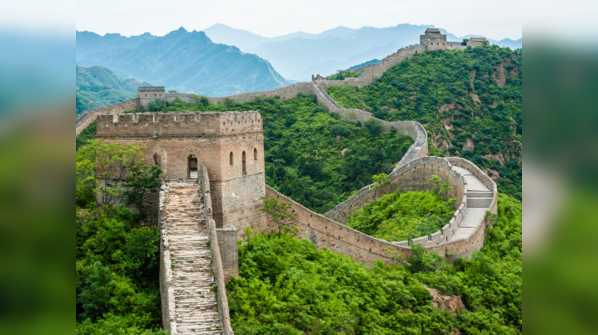
The Great Wall of China transcends its physical structure to become a monumental symbol of human determination and ancient innovation. Extending over an impressive 21,000 kilometers, this extensive network of stone, brick, and packed earth was erected without the assistance of contemporary machinery. Spanning from the 7th century BCE to the 17th century CE, generations of soldiers, laborers, peasants, and prisoners dedicated themselves to its construction. While much of the present-day structure originates from the Ming Dynasty, the wall's centuries-long evolution stands as a testament to resilience and craftsmanship.
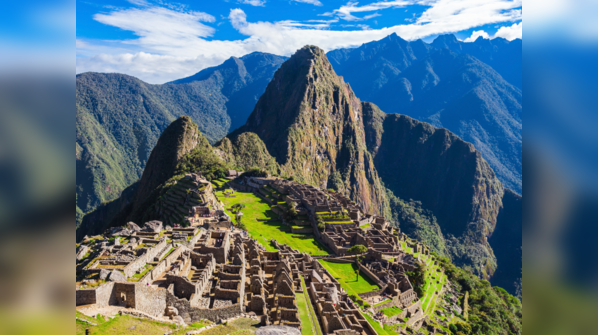
Perched high in the breathtaking Andes Mountains of Peru, Machu Picchu stands as one of the world's most stunning archaeological marvels. Often referred to as the "Lost City of the Incas," this 15th-century citadel continues to enthrall visitors with its spectacular location, extraordinary engineering, and mysterious atmosphere. Positioned on a narrow mountain ridge at an elevation of 2,430 meters (approximately 7,970 feet), it is a sight that defies both time and gravity.
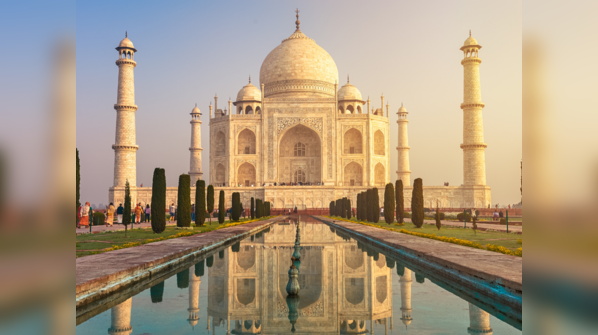
The Taj Mahal in Agra is globally recognized as an iconic symbol of eternal love. This magnificent white marble mausoleum has captivated the imaginations of poets, artists, and romantics for generations. Commissioned by Mughal emperor Shah Jahan in memory of his beloved wife Mumtaz Mahal, the Taj is often considered the jewel of India. Construction commenced around 1632 AD and was completed in 1648 AD. Beyond the central mausoleum, the complex includes a mosque, a guesthouse, and an imposing southern gateway, all arranged with meticulous symmetry, showcasing a harmonious blend of architecture, emotion, and artistry.
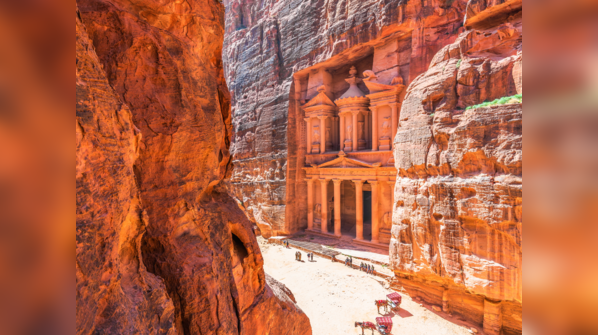
Nestled within the rugged landscape of Jordan, Petra, often called the Rose City, derives its name from the vibrant red and pink hues of its sandstone cliffs. Celebrated for its elaborately carved rock facades and profound historical significance, Petra offers much more than just the iconic Treasury. The ancient city extends across a vast desert valley, featuring monumental sites such as the Monastery, the Royal Tombs, and the Great Temple, along with numerous smaller dwellings and burial niches. Established as early as the 4th century BCE, Petra prospered as the capital of the Nabataean Kingdom, a wealthy Arab civilization that controlled crucial trade routes between Egypt and the Mediterranean.
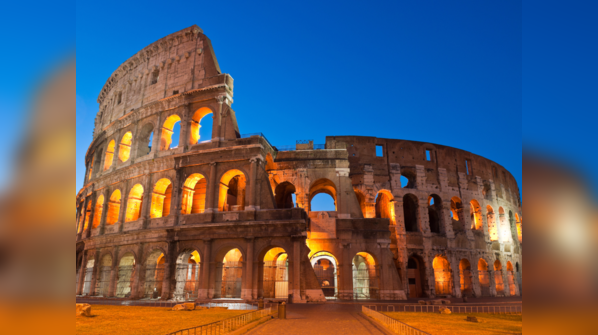
The Colosseum, originally known as the Flavian Amphitheater, dominates the heart of Rome as a symbol of Roman architectural genius and imperial power. Commissioned in 72 CE by Emperor Vespasian of the Flavian dynasty, this ancient structure has witnessed nearly two millennia of history. Once the grand stage for Roman spectacles, including fierce gladiator battles and wild animal hunts, it served as the entertainment center of the empire. Despite centuries of decay, the Colosseum continues to captivate, attracting millions and preserving the legacy of Rome's dramatic past.
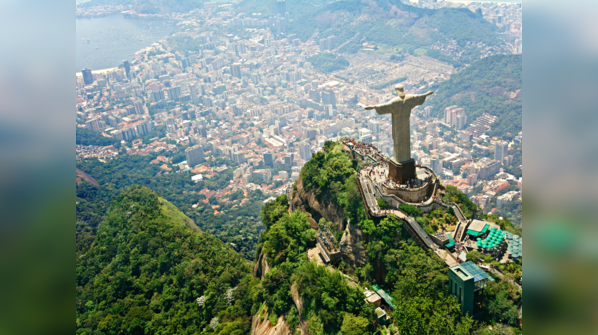
Christ the Redeemer (Cristo Redentor) stands majestically above Rio de Janeiro, with outstretched arms as if embracing the entire city. Achieving its title in 2007, this iconic statue is a revival of a vision that dates back to the mid-19th century, with plans taking shape in the 1920s. More than just a religious icon, Christ the Redeemer symbolizes hope and openness, serving as a welcoming gesture to visitors arriving in Rio. Today, millions visit this site, drawn not only by its spiritual significance but also by the breathtaking views from its base.
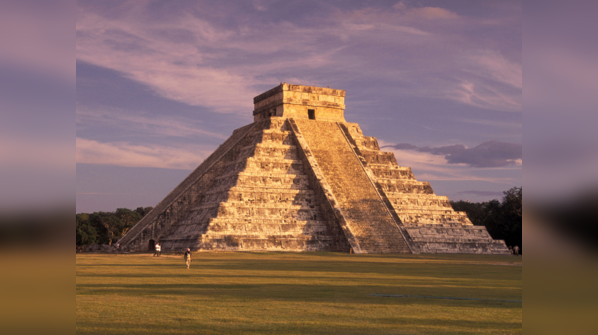
Chichen Itza, an ancient city located on Mexico’s Yucatan Peninsula, is surrounded by dense jungles and whispers of the past. Founded around the 5th and 6th centuries, this city was inhabited by people skilled in astronomy, mathematics, and architecture. Designated as a UNESCO World Heritage site, Chichen Itza is one of Mexico’s most visited landmarks. Although much of it now lies in ruins, what remains offers a glimpse into the civilization it once housed.
Newer articles
Older articles
 Test Your Vision: Can You Find All the Hidden Animals in This Viral Optical Illusion?
Test Your Vision: Can You Find All the Hidden Animals in This Viral Optical Illusion?
 Prithvi Shaw Admits to Losing Focus, Blames "Wrong Friends" for Career Setback
Prithvi Shaw Admits to Losing Focus, Blames "Wrong Friends" for Career Setback
 Azhar Mahmood Named Interim Test Coach for Pakistan
Azhar Mahmood Named Interim Test Coach for Pakistan
 7 Science-Backed Strategies to Naturally Elevate Oxytocin, the 'Love Hormone'
7 Science-Backed Strategies to Naturally Elevate Oxytocin, the 'Love Hormone'
 Aamir Khan Details Underworld Invite to Dubai Party, Refusal Amid Family Safety Fears
Aamir Khan Details Underworld Invite to Dubai Party, Refusal Amid Family Safety Fears
 Foods to Avoid on an Empty Stomach: What Not to Eat First Thing in the Morning
Foods to Avoid on an Empty Stomach: What Not to Eat First Thing in the Morning
 'Kuberaa' Maintains Box Office Strength: Dhanush-Nagarjuna Film Earns ₹1.25 Crore on Second Monday, Domestic Total Exceeds ₹80 Crore
'Kuberaa' Maintains Box Office Strength: Dhanush-Nagarjuna Film Earns ₹1.25 Crore on Second Monday, Domestic Total Exceeds ₹80 Crore
 Jury Begins Deliberations in Diddy Sex Trafficking Trial; No Verdict on Day One
Jury Begins Deliberations in Diddy Sex Trafficking Trial; No Verdict on Day One
 Sridevi's 'Laadla' Set Haunted by Late Divya Bharti's Unfinished Scene: Raveena Tandon Recalls Eerie Moments
Sridevi's 'Laadla' Set Haunted by Late Divya Bharti's Unfinished Scene: Raveena Tandon Recalls Eerie Moments
 Smith Aims for Second Test Return After Unique Baseball Cage Training in NYC
Smith Aims for Second Test Return After Unique Baseball Cage Training in NYC